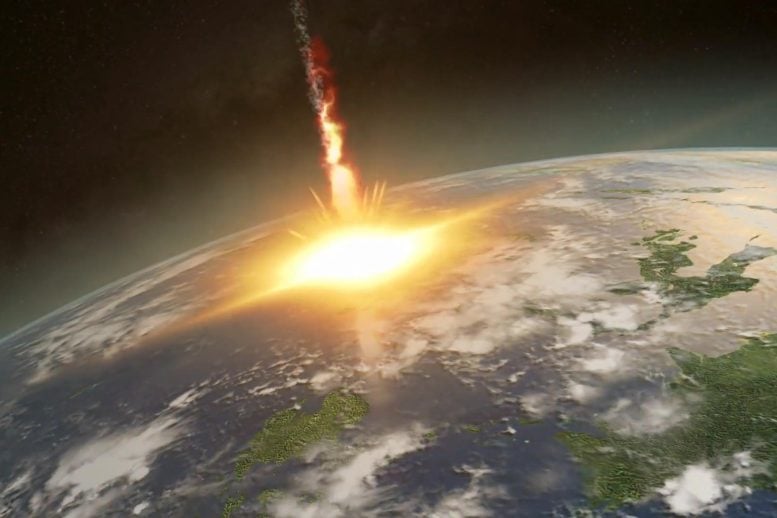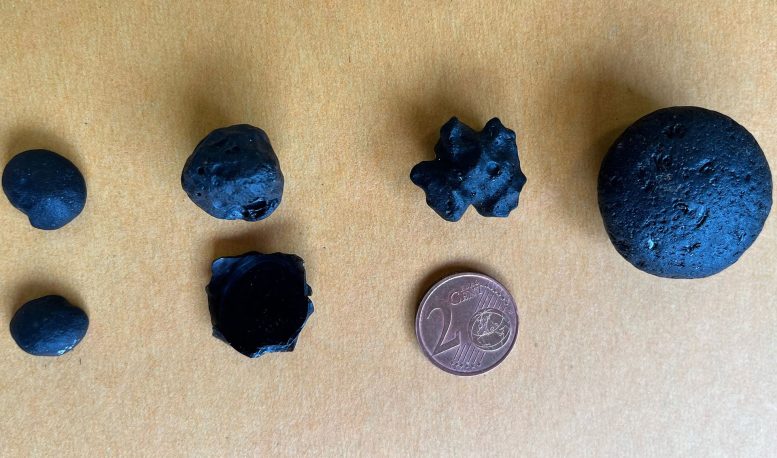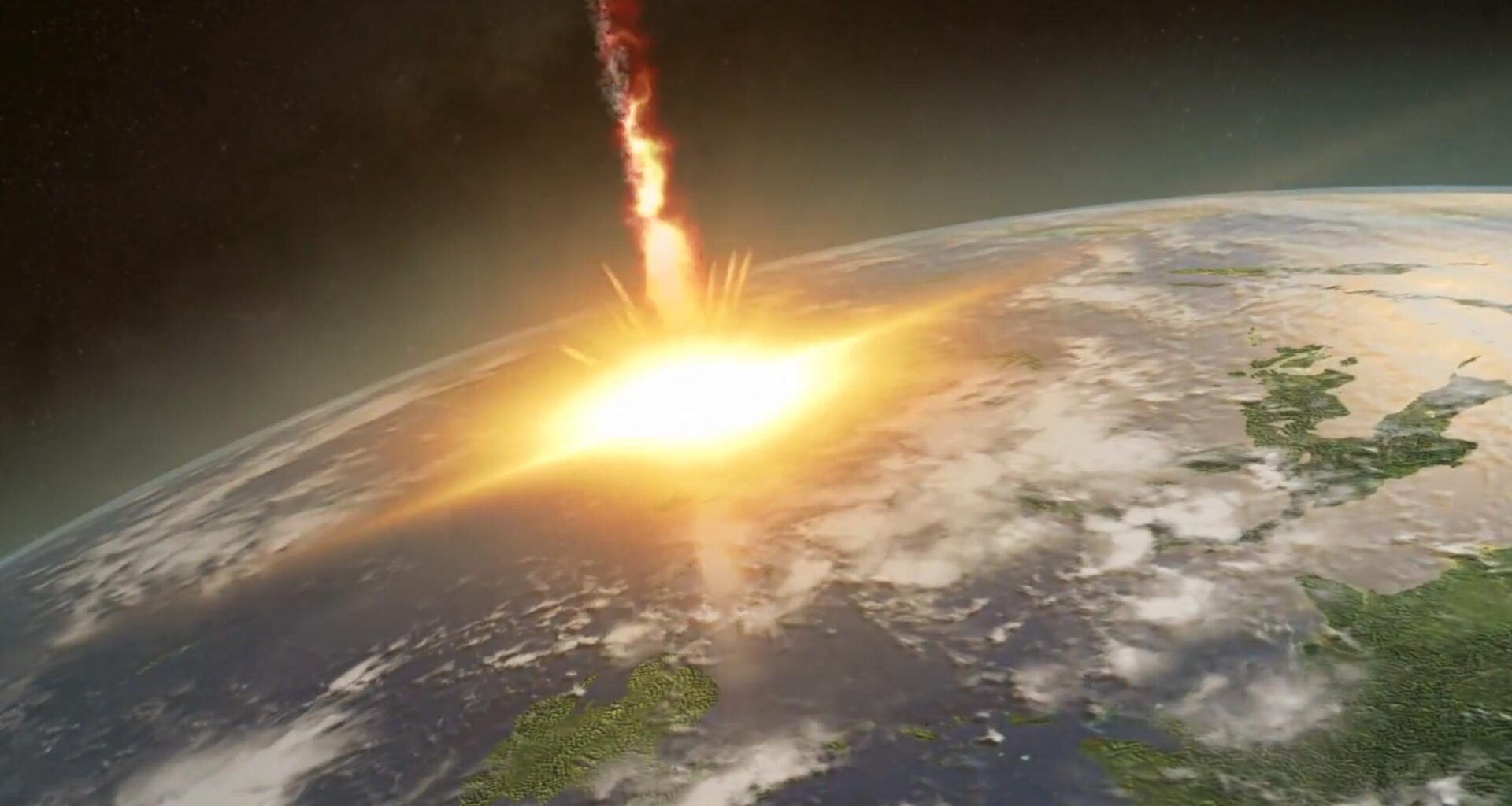 Scientists have discovered a new field of rare glass fragments in Australia, created by a massive asteroid impact millions of years ago. (Artist’s concept). Credit: Stock
Scientists have discovered a new field of rare glass fragments in Australia, created by a massive asteroid impact millions of years ago. (Artist’s concept). Credit: Stock
Scientists have discovered a previously unknown asteroid impact hidden in tiny glass fragments scattered across South Australia.
Curtin University scientists have contributed to the discovery of evidence for a massive and previously unknown asteroid strike, revealed not by a crater but by tiny fragments of glass found only in Australia.
These fragments are tektites, a rare type of natural glass that forms when an asteroid collides with Earth, heating and melting surface rocks before launching them across vast distances. This newly identified variety of tektites has so far been discovered only in a region largely within South Australia.
According to co-author Professor Fred Jourdan from Curtin’s School of Earth and Planetary Sciences, uncovering a new tektite field is like opening a new chapter in the planet’s dramatic geological history.
 The newly discovered tektites or ‘cosmic glass’. Credit: Earth and Planetary Science Letters
The newly discovered tektites or ‘cosmic glass’. Credit: Earth and Planetary Science Letters
“These glasses are unique to Australia and have recorded an ancient impact event we did not even know about,” Professor Jourdan said.
“They formed when an asteroid slammed into Earth, melting surface rock and scattering debris for thousands of kilometers. These tiny pieces of glass are like little time capsules from deep in our planet’s history.
“What makes the discovery even more intriguing is that, although the impact must have been immense, scientists are yet to locate the crater.
“Understanding when and how often large asteroids have struck Earth also helps us assess the risk of future impacts, which is important for planetary defense.”
Unusual Chemistry and Age
Lead author Anna Musolino, a PhD student at Aix-Marseille University, said the glasses were distinct from all other known tektites.
“These tektites are unique because of their unusual chemistry and their age, which is about 11 million years,” Ms Musolino said.
“They record a completely separate impact event from the famous Australasian tektite-strewn field.
“While the Australasian tektites formed about 780,000 years ago and are spread across half the globe, these tektites are much older, and their discovery suggests a previously unrecognized giant impact.”
The study was part of a larger research project led by Emeritus Professor Pierre Rochette from Aix-Marseille University and highlights both the destructive power of past impacts and the importance of studying them.
Reference: “A new tektite strewn field in Australia ejected from a volcanic arc impact crater 11 Myr ago” by Anna Musolino, Pierre Rochette, Jean-Alix Barrat, Fred Jourdan, Bruno Reynard, Bertrand Devouard, Valerie Andrieu, Jérôme Gattacceca and Vladimir Vidal, 29 August 2025, Earth and Planetary Science Letters.
DOI: 10.1016/j.epsl.2025.119600
Never miss a breakthrough: Join the SciTechDaily newsletter.
Follow us on Google, Discover, and News.

